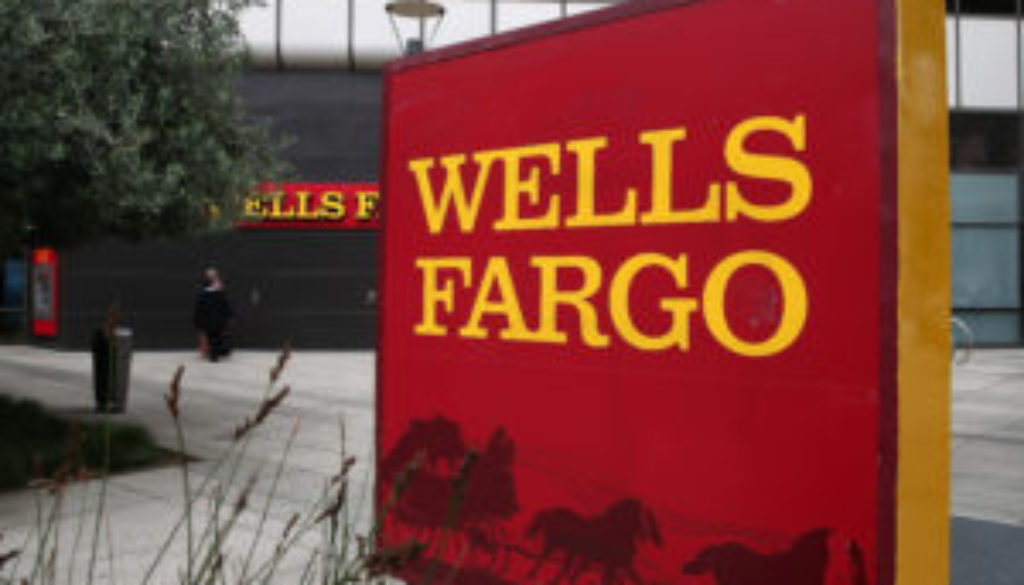The Big Wells Fargo Picture
By David Brodwin, American Sustainable Business Council
The Wells Fargo Bank scandal has been driven from the headlines by the presidential election next week, but like the Terminator, it will be back. Wells Fargo’s conduct in fraudulently opening two million retail bank accounts was so foul that both political parties felt compelled to join in castigating the company and its CEO John Stumpf. Stumpf soon resigned; even his offer to disgorge $41 million in pay was not enough to save his job.
While all eyes are on the election, Democrats and Republicans skirmish over the lessons that the public will draw from Wells Fargo. They’re fighting over whether the event will lead people to think that regulations are too strong, or not strong enough. And they will fight over what kind of punishments are needed to deter further corporate crime on this scale.
Is the CFPB a hero or villain? The Consumer Financial Protection Bureau, or CFPB, is at the center of the fight. Established in response to the 2007-08 financial crisis, the CFPB protects consumers from fraudulent financial firms and abusive products and services. Democrats pushed for its creation, while Republicans tried to kill it and, failing that, to limit its powers.
The CFPB was one of the first government entities to dig into the mess at Wells, and it ultimately fined the bank $100 million. Yet Rep. Jeb Hensarling (R-TX) – who has long sought to cripple the CFPB – faulted it for not moving more quickly and aggressively and argued for restricting it even further. “Hensarling reminds me of the kid who kills his parents and then wants to collect orphan benefits,” said Sen. Sherrod Brown (D-Ohio) recently.
To jail or not to jail? The Wells Fargo case is going to bring new attention to what punishments and sanctions are needed to deter corporate crime. Notwithstanding the catastrophe of 2007-08, the SEC and other federal entities have not brought criminal charges against senior executives in the largest financial institutions involved. The reasons for “too big to jail” have been extensively documented, yet the root causes for this massive failure to prosecute remain unaddressed.
But the Wells Fargo case stands as a testament that the kid gloves treatment is not enough. And in response, some commentators have stepped forward to persuade us that jail is never the answer. For example, Adrian Wooldridge writes the usually-sensible “Schumpeter” column for the economics. He tells us that “we should resist the temptation to single people out for harsh punishment simply because they are rich and successful.” Apparently he sees no difference between a brilliant entrepreneur like Bill Gates using too much computer time while he was an undergraduate at Harvard, and John Stumpf creating a business incentive system that led to two million fraudulent accounts.
Prosecute the corporation or its leaders? A crucial question in all this is whether sanctions should target the corporation as a whole or the people who lead it. It’s tempting to say the corporation should be the target (and this has been the SEC’s tendency in recent years) because in most major failures of this kind the problem is systemic rather than individual.
But an approach that targets the corporation and spares the leaders is hard to get right. The penalties must be big enough to sting, yet not so big as to destroy the business. If penalties are too low, the corporation considers them a wrist slap, just part of the cost of doing business. If the penalties are too high, a corporation gets crushed, employees lose jobs and shareholders lose their savings. The best example is Arthur Andersen – a mostly honest and well-run firm that was destroyed by a small handful of partners doing faulty auditing at Enron and WorldCom.
To solve this problem, perhaps penalties could be tied to a percent of the amount of income earned while a fraud was in progress, or to the amount of stock appreciation that occurred during the period.
Are boards and CEOs sufficiently accountable to investor’s pain? Even if financial penalties were improved so they inflict enough (but not too much) pain on investors, other problems remain. Sadly, investors don’t actually have that much control over the directors and senior executives who nominally represent them. Elections for boards of directors heavily favor incumbents and their hand-picked replacements. A competitive board election is extremely rare; it almost never happens unless an activist investor wields a big block of stock.
Similarly, investors have no way to punish CEOs in the wallet for destroying value through corporate mischief. The “Say on Pay” resolutions established under Dodd-Frank are largely nonbinding. Even if a corporation is successfully prosecuted for fraud or other wrong-doing, and even if the penalties are properly calibrated, it’s by no means clear that the shareholders can toss the execs who led the wrong-doing or the board members who let it go unchallenged.
It won’t be easy to upgrade the regulator and criminal justice system to stop what just happened at Wells Fargo. But realistically, sanctions against corporations rather than individuals will not do the job without major improvements in CEOs and director accountability. Until then, we still need deterrence at the individual level.

